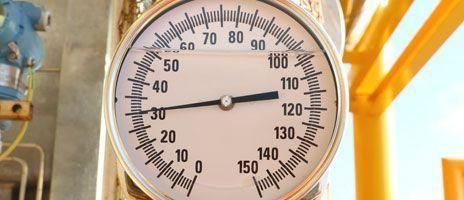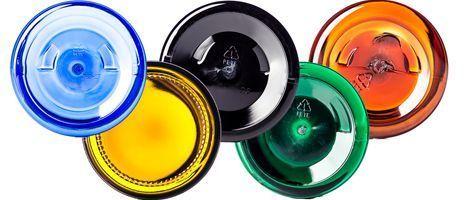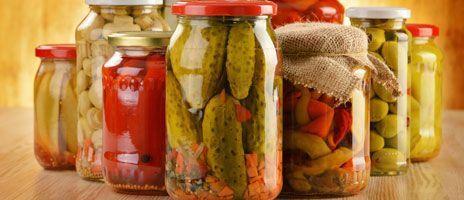The High Pressure Pasteurization Process


Raw is all the rage. If you look around, you'll see popular niche products like raw milk, raw veggie juice, and raw fruit juice. There's something about that primal extraction that makes some of us feel good when we use it. But underneath those raw products is a danger that should be addressed. If you're packaging raw liquids, chances are you're running a major risk of bacteria. Thus one of the great innovations of the 19th Century: Pascalization (aka High Pressure Processing or HPP).
How it Works
While antibiotics can also solve the problem of bacterial contamination, it's not always the best practice to use them in foods we consume on a daily basis. Consequently, a better way to deal with microorganisms came into its own through pasteurization. This involves subjecting a quantity of your liquid product to a highly-pressurized sealed environment. The pressure is so high, bacteria can't survive. Kind of like that Aunt who hugs you so hard that you die a little from embarrassment. Except the bacteria actually does die from pressure, and maybe a little embarrassment too.
What's Needed
For bacteria to die, the FDA suggests a pressure between 100 and 800 MPa (Mega Pascals). Temperatures for your product can range anywhere from 0 to 100 degrees Celsius (32 F “ 212F). Make sure that your package can withstand these demands.
Fortunately, most plastic packaging can withstand the HPP process. However this will require a special closure known as a plug seal. Once you have the right container and a plug seal the last thing you'll need is a hyperbaric chamber.
Now there is a good chance that you don't have one of these readily available. But fortunately there are many contract manufacturers all over that can punctually and perfectly pressure-pasteurize your packaged products (now say that three times fast!)
Dispelling the myths
Myth: HPP kills the ˜good' bacteria.
Truth: Yep, it does. But here's the good news: it also kills the ˜bad' bacteria. If you don't have a medical condition like ulcerative colitis, chances are all the ˜good' bacteria you need is already colonized inside your stomach. HPP removes the risk of some real nasty bacteria like salmonella, e.coli and listeria. You are 150 times more likely to get food borne illness from unpasteurized dairy products[1].
Myth: HPP destroys sensitive nutrients, proteins, acids, etc.
Truth: According to the FDA, it doesn't affect these structures at all[2]. Bacteria and microorganisms won't survive the process, but inert vitamins, nutrients and complex structures will stay intact. In fact the HPP process is the best way to extend the life of any product without resorting to natural or artificial preservatives.
Myth: HPP is just too expensive.
Truth: Hyperbaric chambers don't come cheap. But in relation to all other forms of processing, HPP is fairly inexpensive. While the capital costs may be prohibitive for you, a food contract manufacturer should have one.
Myth: HPP causes lactose intolerance or allergic reactions
Truth: Rubbish. HPP does NOT cause lactose intolerance or allergic reactions. This has been debunked by every scientific study conducted on the subject[3].
Sources:
[1] http://www.fda.gov/Food/ResourcesForYou/consumers/ucm079516.htm
[2] http://www.fda.gov/Food/ResourcesForYou/consumers/ucm079516.htm
[3] http://www.sciencedirect.com/science/article/pii/S095671351200535X




